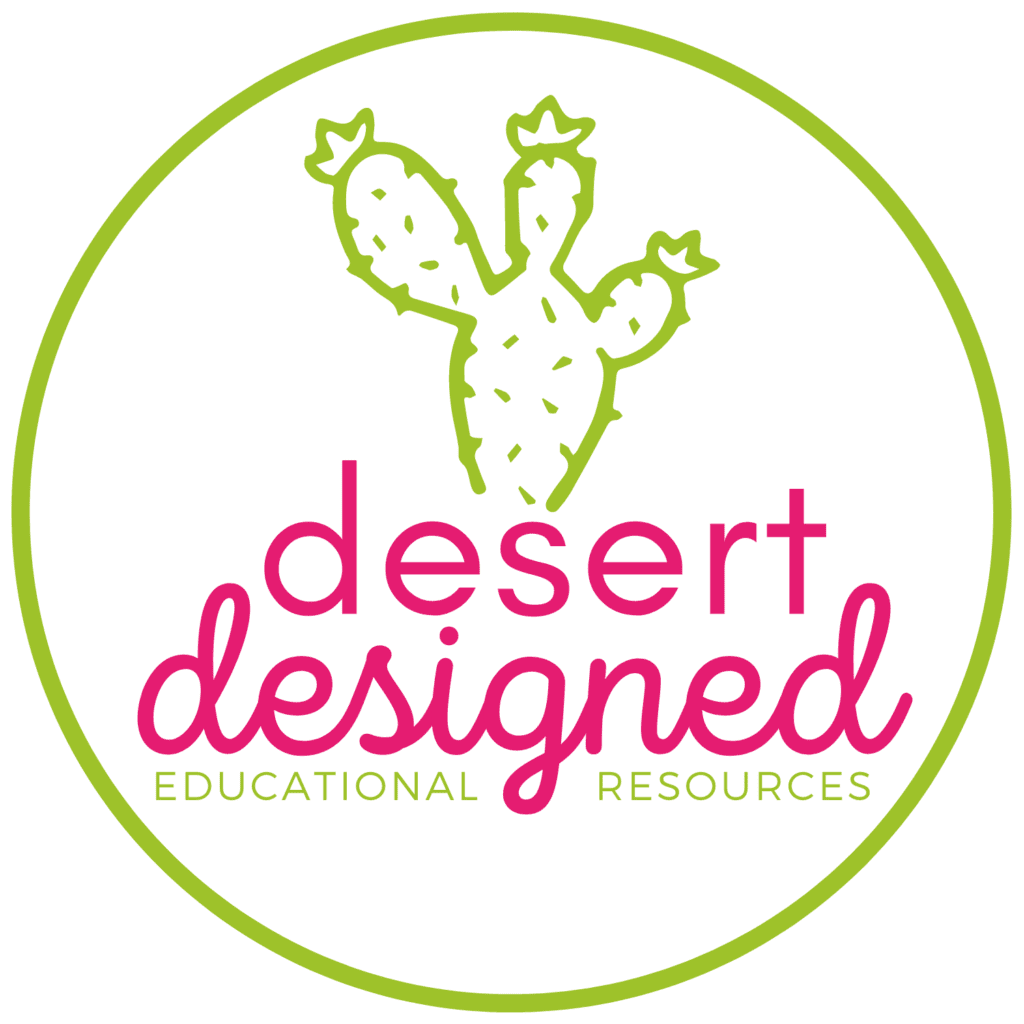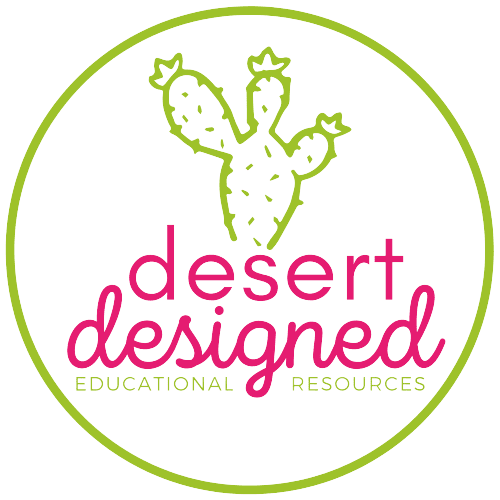Many students struggle with place value concepts. I’m here to show you how to model decimals in a way that will help your students build the decimal place value understanding they need.
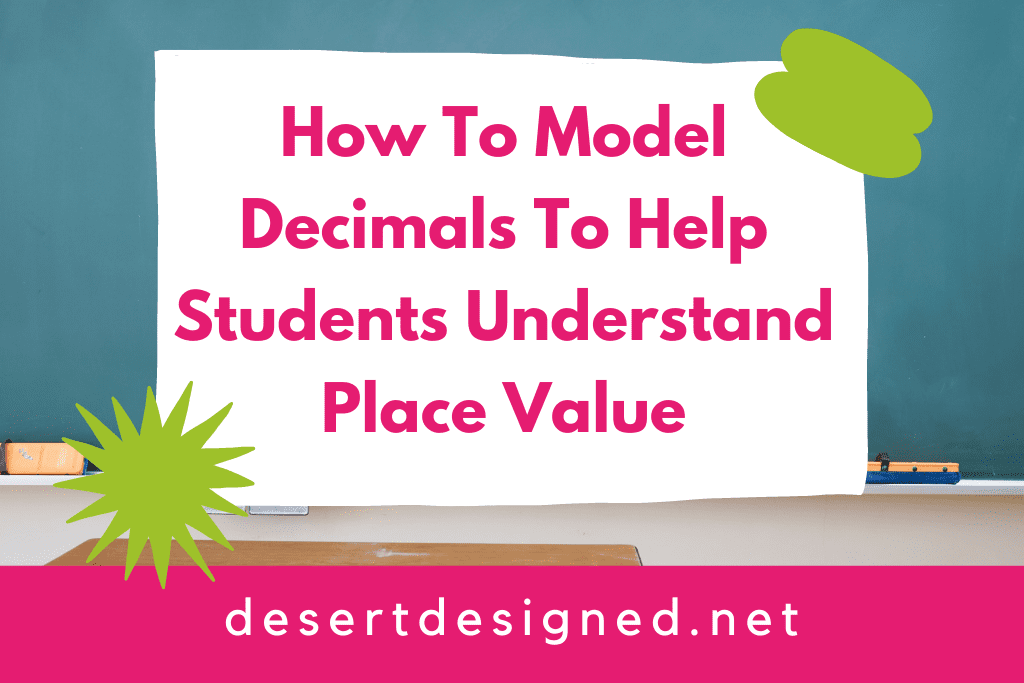
Have you ever had a guest in your house help out in the kitchen? They grab a tool you use regularly, and totally use it in a different way than you do? There’s a good chance this person knows what they are doing. The outcome is successful, even though it is not “your way.” There’s also a pretty good chance that your gut instinct was to tell the person they were doing something wrong.
Now, let’s imagine asking a bunch of 9, 10, or 11-year-olds to use a tool they have (hopefully) seen a lot of in an entirely different way than they have for the past four years in math! That’s what we will be doing when we work with decimal place value models.
In this post, I will introduce you to the two most commonly used decimal place value models. We will discuss some common challenges using these models. Then, I will share solutions and activities you can do in your classroom to build your students’ place value understanding.
Click here to get a free decimal place value PDF with place value mats and decimal area models to use with students.
Decimal Area Models
What are Decimal Area Models?
Decimal Area models are squares that are divided evenly into ten, 100, or 1000 segments. You might find these models on printable PDF documents or in digital math resources.
How to Model Decimals using Area Models
There is a key for using these models to demonstrate place value. You must train the students that each square now represents one whole. Next, if the model is divided into ten strips, each strip equals 0.1 or one-tenth. If it looks like a grid of 100 smaller squares, each smaller square equals 0.01 or one hundredth. Finally, if those hundredths are each cut into tiny pieces, each small segment equals one-thousandth or 0.001.
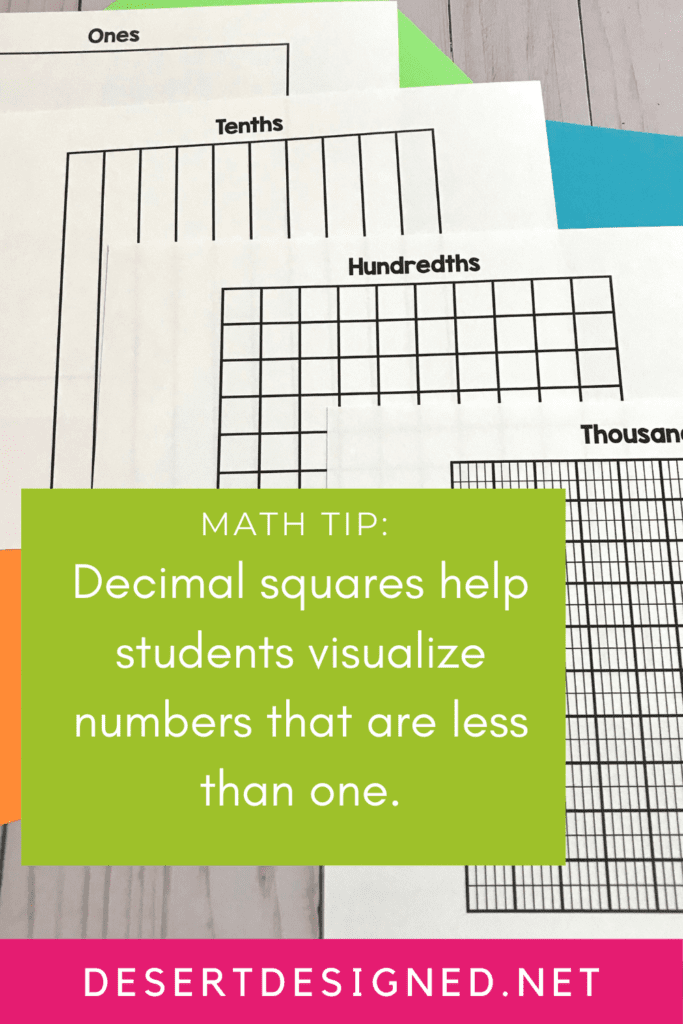
A critical understanding for students to take away from working with these models is that decimals represent a portion of a whole much like fractions do. Also, be sure to focus on vocabulary as you work through modeling decimals with your students to continue to reinforce the correct terminology! Need help with vocabulary instruction? I’ve written a post to help!
What are some Common Problems (and Solutions) with How to Model Decimals this way?
Students have previously worked with hundred grids to represent the whole numbers up to 100. We are asking them now to change the meaning of that larger square to represent one instead of 100. By starting in the tenths (the one that looks like stripes), we can help to overcome this misconception because the visual is different than the hundred grid they had previously used.
Another way to overcome this is to print a large version out and have students work with it by cutting out the pieces. Cutting on this scale can, however, be a huge time suck for an upper elementary classroom.
If you love this idea for demonstration, pre-cut a sample to show the class. Next, be like the hosts on those cooking shows who put a bunch of ingredients into a pot and then, voila, pull out a finished casserole from the oven. Show the students that you are cutting the model, but then pull out your pre-cut version so you can start using it with the kids to demonstrate. (I have included an extra-large decimal area model in the free PDF that is perfect for classroom demonstrations!)
Be sure if you are going to use both large and small squares to teach the students that the square represents the whole, but do not mix and match sizes within a single representation.
The final problem can be coloring them effectively. Highlighters are GREAT for coloring in these models. They are quick, efficient, and easy to see!
Place Value Blocks to model decimals
What are Place Value Blocks?
Place value blocks are hard plastic or foam blocks in the shape of a cube, flat, rod, and unit. They are used to represent numbers visually.
Using Place Value Blocks to Model decimals
To use place value blocks to model place value, you first need to determine which component will represent the “one.” Your choice should depend on how small of a unit you need to have your students model.
If you have students model to the tenths or hundredths place, you can choose the flat to be your “one.” The rods become the tenths, and the units are the thousandths.
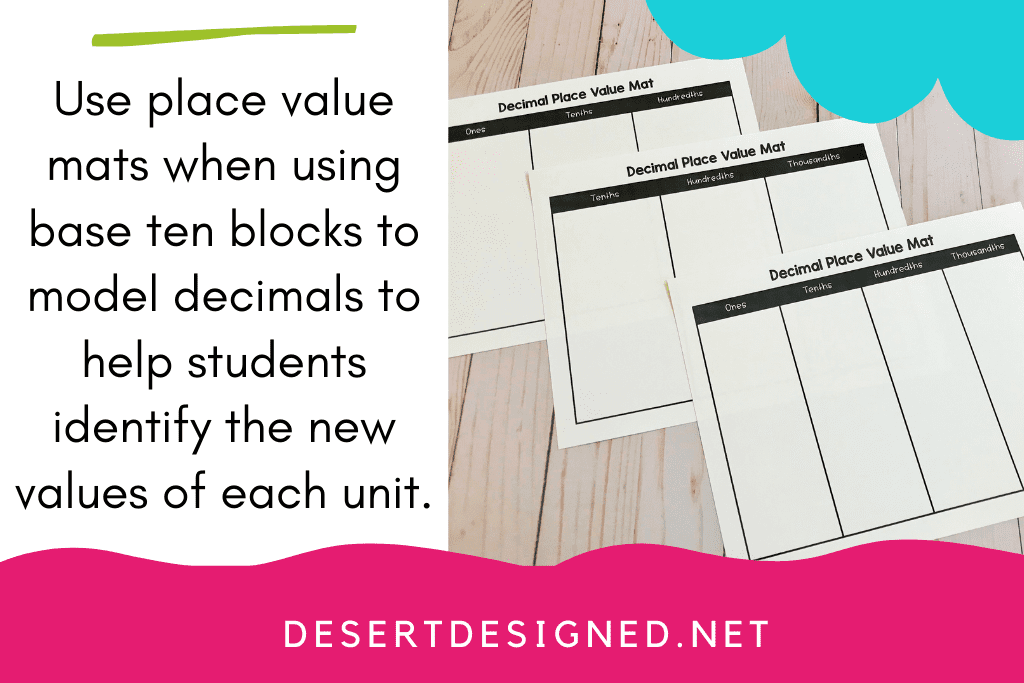
Let’s say you need to have students model down to the thousandths, however. In this case, the cube is your one; the flats become the tenths; the rods become the hundredths, and the units are the thousandths.
For modeling place value using these pieces, it can be helpful to have a mat for the students to work on and place the pieces to represent the different place value positions.
Common Problems Using Place Value Blocks for How to Model Decimals
When is the last time you played with blocks? It has probably been a while, but it is REALLY fun. Building with blocks is a blast. Now, pretend you are ten again. Building with blocks just became even more entertaining.
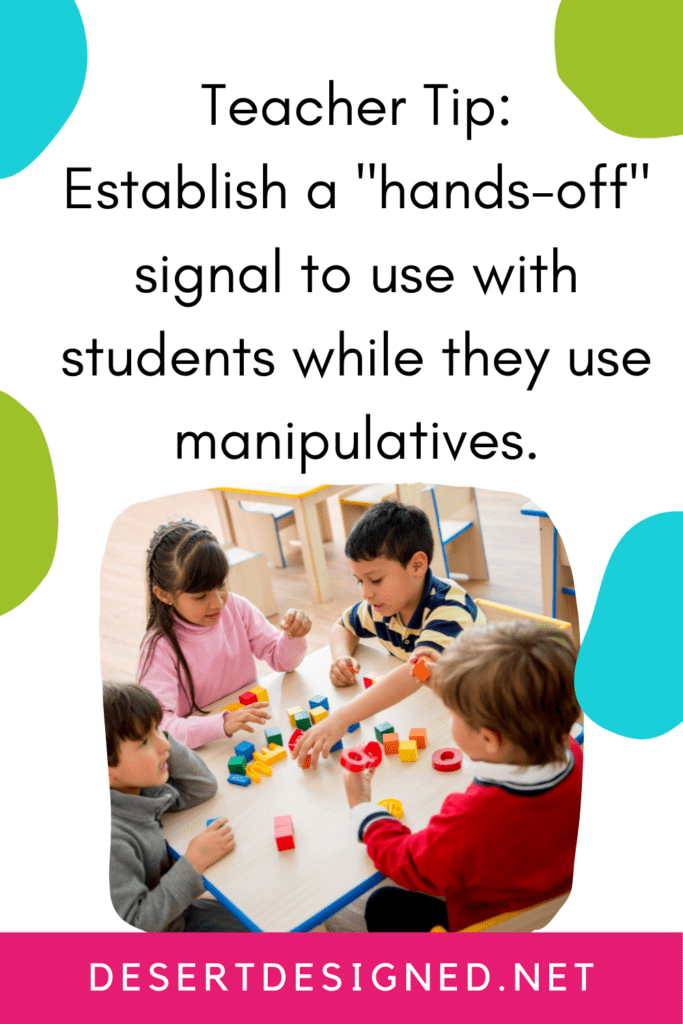
One of the most challenging things about using concrete models like place value blocks in the classroom is to keep students on task. I give my students 2-3 minutes right when I pass the models out to play with them to combat this. It gets the need to fidget with the blocks out of their systems and lets us focus later. I also establish a “hands-off” signal for any time I need to address the whole group. Having a signal comes in handy both during the whole-group lesson or if I need to address all of the students once practice work/small group time has started.
The next problem you may face is that you are asking students to use these models in an entirely different way when they did when they were younger. In the past, the unit was the one. You can see why using the unit as the one won’t work now that we work in decimals.
How do we get students’ perspectives to shift on this? There are a few ways you can accomplish this. Explain to your students that they need to be flexible in their thinking and see different pieces as a whole. A great analogy to this is that of cake or brownies. Imagine the entire pan of brownies as a whole instead of just a single brownie.
Another great way to help students shift their view on the value of the place value blocks is to begin by reviewing the value of each type of block for whole numbers (unit = 1, rod = 10, flat = 100, cube = 1,000). Now, explain that you are going to start working with decimal numbers. Pass out a set of pieces to each group of students and ask them what we could do to use these models still but represent decimals. You will be amazed at the ideas your students will have! Also, they will now “own” the shift in value for these blocks. They are the ones who came up with the idea instead of just having it told to them.
Classroom Activities Using Decimal Models
Roll and Represent
Grab a 10-sided die or a decade die with a ten-sided die and take turns rolling for digits to model. After students have colored in their model, have them write the represented value in number, word, and expanded form.
To turn this into a game, have two students go head-to-head, and when they finish, they compare their results to see who had the highest number. (This is a great way to get them working on comparing decimals secretly).
Decimal Place Value Build-A-Number
I love using this game in my classroom. Students use a paper spinner to spin for a specific place value position, and then they represent and write the number they came up spun.
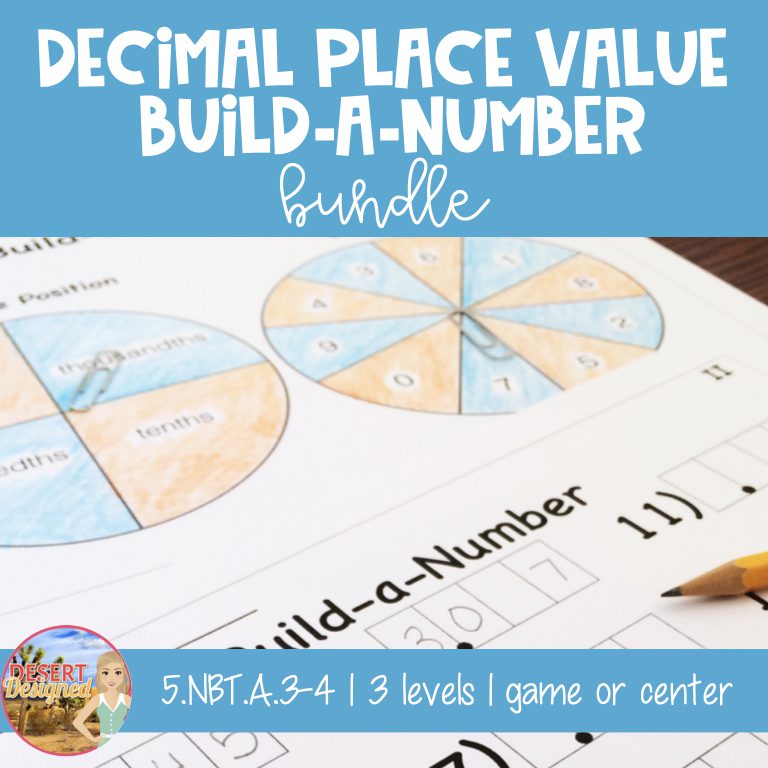
This game has different versions dependent on the place value skill you are trying to work on: word form, expanded form, writing numbers, comparing, rounding.
Flip and Build
Using a deck of cards, students flip cards into the spaces on a place value mat and then build the number they have created.
Decimal Place Value Boom Cards
Boom Cards are always a quick win when having students do any type of math practice. For decimal place value, I love how these boom cards focus on the modeling of the numbers. They are progressive and really help to reinforce the conceptual understanding of the place value for students.
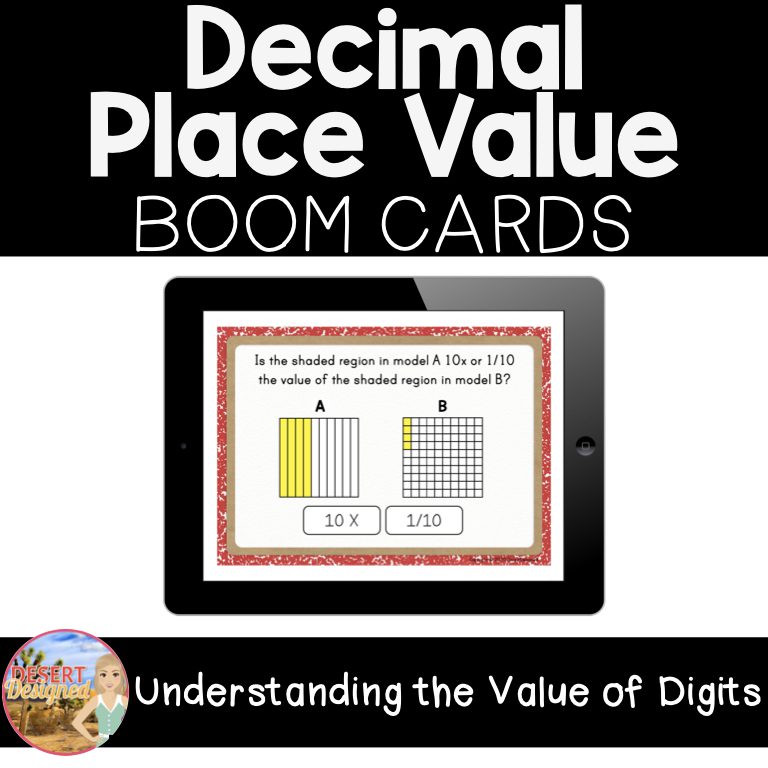
Other Tools I Love to Use when teaching how to model decimals
Dry Erase Blocks
These blocks are super fun for rolling for place value positions or numbers. You or your students write the different place value positions on the sides of one block. Then, write digits on the other blocks. Next, roll the dice to see which place value position students should use to create numbers. After numbers have been created, students can say their names, identify the place value positions, round, or compare.
Dry Erase Clipboards
These dry erase clipboards save both space and time. Students can use them as a clipboard to support their papers as they move around the room, but they also function perfectly as a dry erase board for working out problems.
In Summary
Modeling decimal place values shouldn’t have to be intimidating. Working with models to help students grasp place value is a critical component of their mathematical foundations. There are many ways to overcome the challenges of working with decimal models and so many fun games and activities you can use with your learners too!
Disclaimer: All Amazon products linked in this resource are affiliate links and as an Amazon Associate I earn from qualifying purchases if you click on them.

